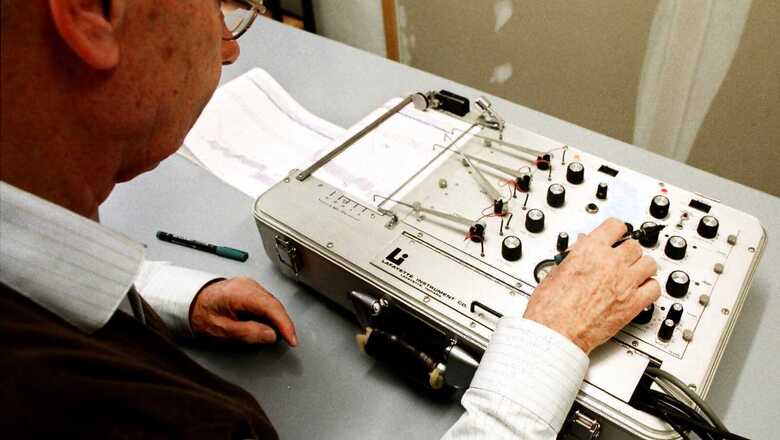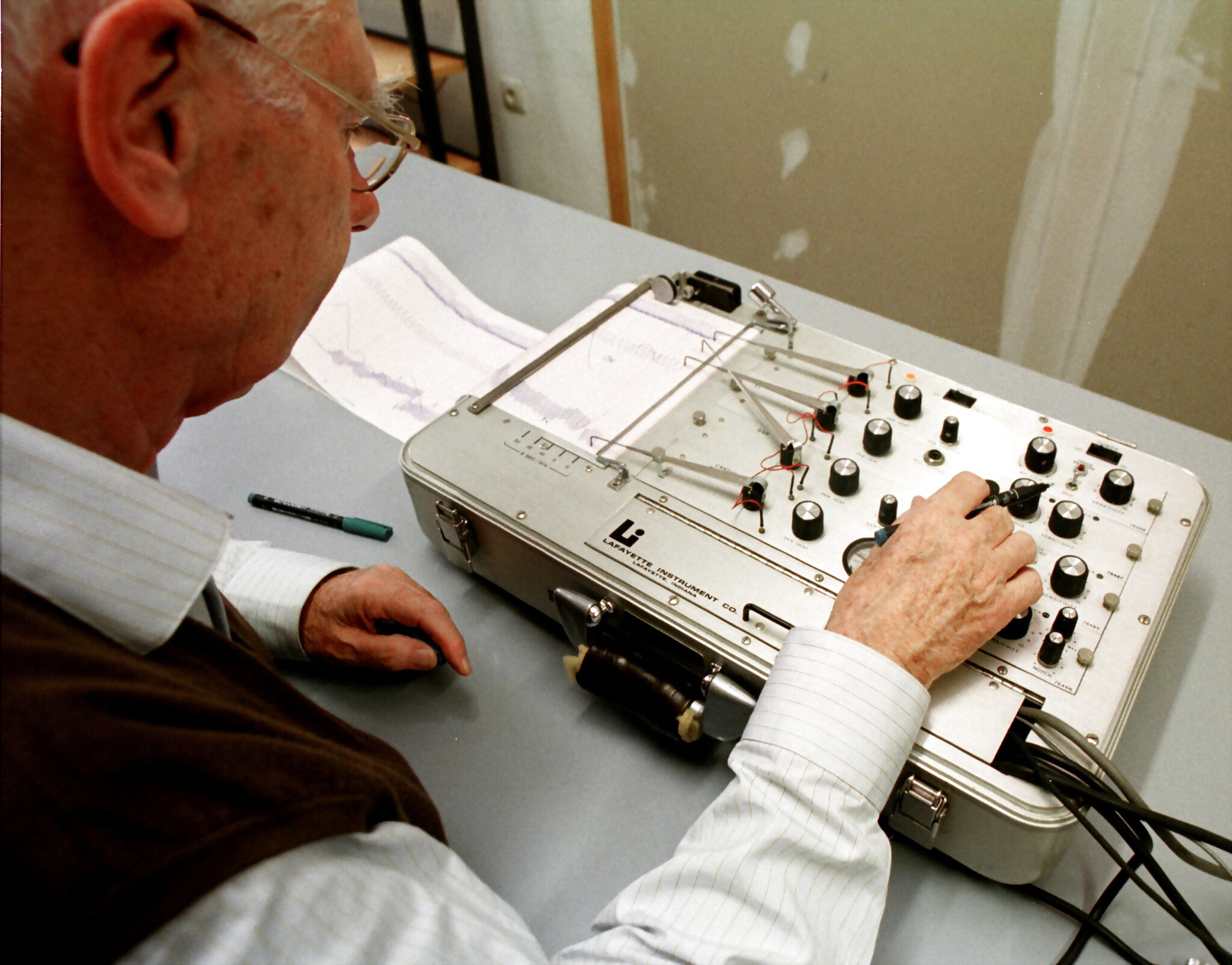
views
Delhi Police has sought narco test of Aaftab Amin Poonawala, accused of killing his live-in partner and dumping her body parts in a forest area in south Delhi’s Chhatarpur, a senior official said on Wednesday. Reports quoted sources as saying that the alleged accused may also be put through a lie detector test.
Police have recovered 13 body parts, believed to be of the woman, from different areas which will be sent for DNA analysis. The investigating team is also likely to approach dating app Bumble through which the duo met. According to the police official, one of victim Shradaha Walkar’s friends Laxman, who alerted her father, will be asked to join the investigation. “We have applied for the narco test of Poonawala. We have not received permission from the court yet,” the official said.

Twenty-eight-year-old Poonawala allegedly strangled Walkar in May and sawed her body into 35 pieces which he kept in a 300-litre fridge for almost three weeks at his residence in South Delhi’s Mehrauli before dumping them across the city over several days past midnight.
What is a Narco Test?
Narco analysis tests involve the administration of sodium pentothal, also known as truth serum. The administration of this drug reduces an individual’s self-consciousness, allowing them to speak freely. This happens when the person loses self-consciousness and enters a hypnotic state. This stage allows examiners to question the subject and obtain genuine responses.
This test is only performed in the presence of a psychologist, investigating officer, or forensic expert. It is said to be a viable alternative to other well-known third-degree treatments used by investigating agencies, according to a report by Telangana Today.
How is the test carried out?
The subject is only subjected to the test if he or she is medically fit. The hypnotic Sodium Pentothal, also known as Thiopentone, is injected into the subject. The dosage is determined by the patient’s age, gender, and other medical conditions.
The dosage must be precise because the incorrect amount prescribed can result in death or coma. Other precautions must be taken while performing the test. The person is placed in a state where they can only answer specific questions after the drug is injected.
Is the narco test completely accurate?
Narco analysis is not completely accurate. Certain subjects were found to have made false statements. This test is regarded as an unscientific method of investigation.
Narco Tests in India
Narco analysis was first used in India in the Godhra case in 2002, the report stated. Abdul Karim Telgi was put to the test in the Telgi stamp paper scam in 2003. Though much information was generated in the case of Telgi, questions were raised about its value as evidence. The two main suspects in the infamous Nithari serial killings were also subjected to a narcotics test in Gandhinagar, Gujarat.
Criticism of Narco Analysis
Opponents of narco-analysis argue that there is insufficient scientific evidence to justify its use as a reliable source of interrogation, citing abuses by several Indian police agencies. India is known as the world’s narcoanalysis capital, with so-called biscuit teams (behavioural science consultation teams) using pseudoscience to justify illegal interrogations. Despite the interest of security agencies around the world, inconsistent results have made objective truth elusive, despite increased suggestibility, reports state.
What about a Lie Detector Test?
A lie detector, also known as a polygraph, is a device that records physiological phenomena such as blood pressure, pulse rate, and respiration of a human subject as he answers questions from an operator; the data is then used to determine whether or not the subject is lying. The lie detector, which has been used in police interrogation and investigation since 1924, is still controversial among psychologists and is not always judicially acceptable, Britannica explains.

How is a Polygraph Conducted?
According to a report by HowStuffWorks, four to six sensors are attached to a person who is taking a polygraph test. A polygraph is a machine that records multiple (“poly”) signals from sensors on a single strip of moving paper (“graph”). Sensors typically record:
- The individual’s breathing rate
- The person’s pulse rate
- The individual’s blood pressure
- The perspiration of a person
- A polygraph will sometimes record arm and leg movement as well.
The questioner asks three or four simple questions to establish the norms for the person’s signals when the polygraph test begins. The polygraph examiner then asks the real questions. All of the person’s signals are recorded on the moving paper throughout the interrogation.
A polygraph examiner can look at the graphs both during and after the test to see if the vital signs changed significantly on any of the questions. A significant change (such as a faster heart rate, higher blood pressure, or increased perspiration) generally indicates that the individual is lying.
With PTI inputs
Read all the Latest Explainers here




















Comments
0 comment